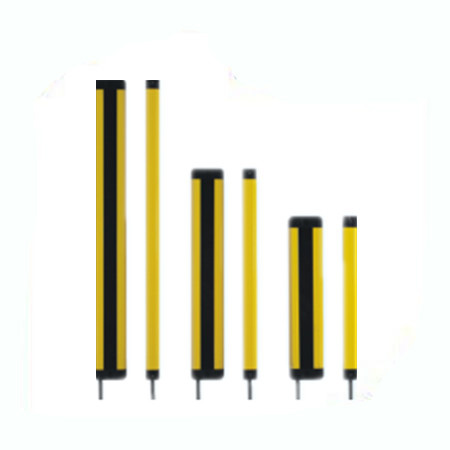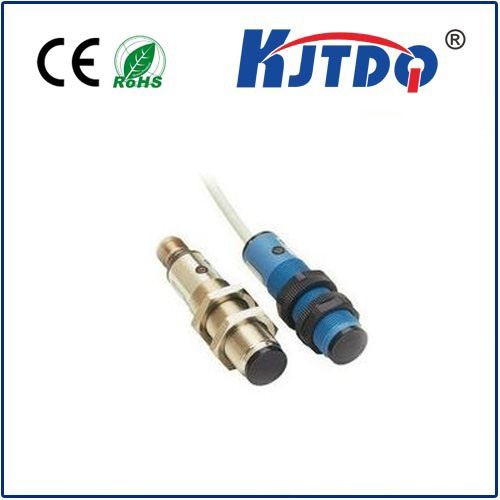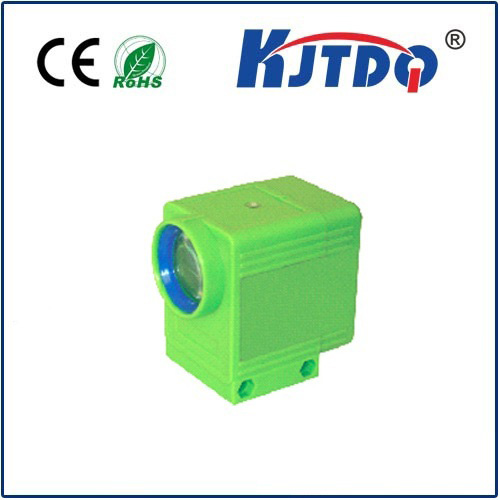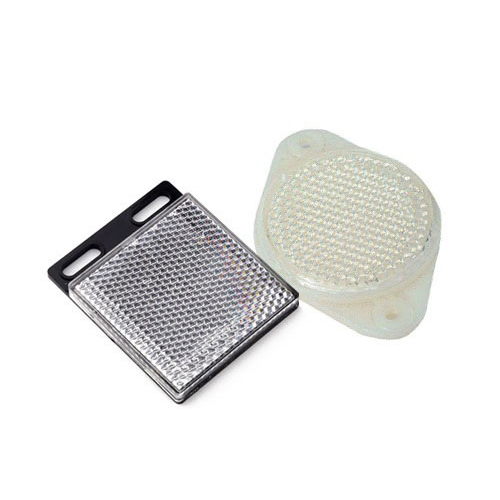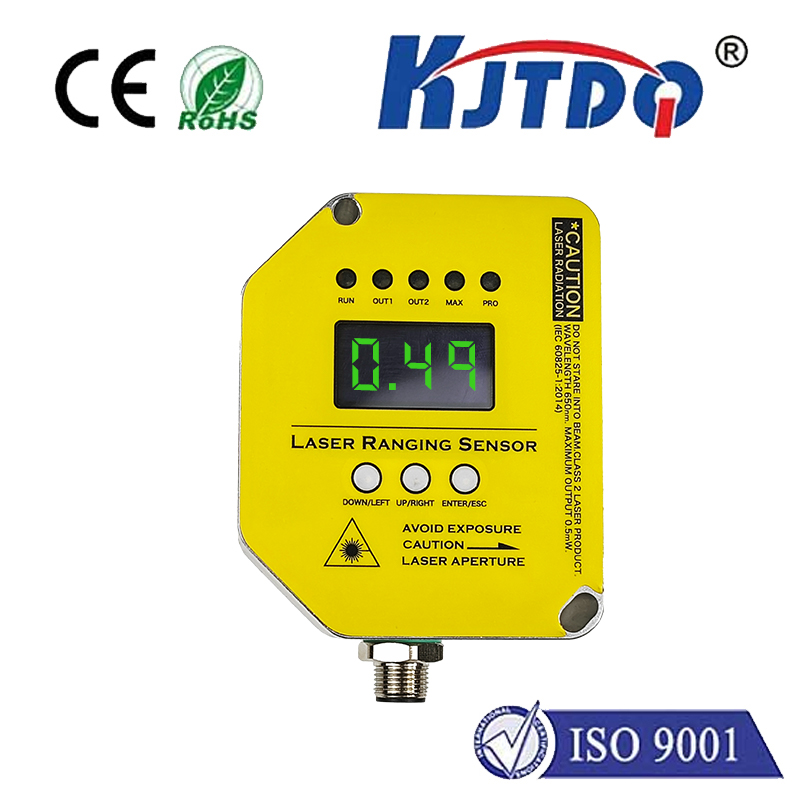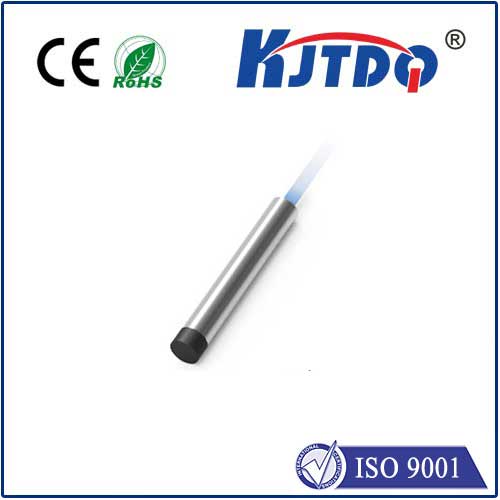Imagine a critical process grinding to a halt. A multi-ton press hesitates, a powerful hydraulic cylinder malfunctions, or a vital fluid transfer line leaks – all because a sensor monitoring position or level under extreme pressure failed. In the unforgiving world of high-pressure industrial automation, component reliability isn’t just desirable; it’s paramount. This is where specialized sensors like the BES00L1 High Pressure Proximity Sensor step into the spotlight, engineered specifically to deliver unwavering performance where standard sensors fear to tread.
Beyond Standard Detection: The High-Pressure Imperative
Traditional inductive proximity sensors excel at detecting metal objects without physical contact, making them workhorses in countless automation tasks. However, their standard housings and internal designs often reach their limits when subjected to environments with significant static or dynamic pressure. Think hydraulic systems, injection molding machines, high-pressure die casting, oil and gas pipelines, or heavy-duty press controls. In these scenarios, pressures can soar into the hundreds or even thousands of bar/psi. Standard sensors can suffer from housing deformation, seal failure leading to internal contamination, or even catastrophic rupture. The BES00L1 is purpose-built to overcome these challenges, offering robust, reliable non-contact detection precisely where pressure peaks are a constant reality.
Engineered Tough: The Core of the BES00L1’s Resilience
What sets the BES00L1 apart is its fundamental design philosophy centered on extreme environmental resilience. Key to its performance is its exceptionally robust stainless steel housing. This isn’t merely corrosion-resistant; it’s structurally fortified to withstand immense external pressure without compromising the integrity of the sensing element or internal electronics. The hermetic sealing technology employed is critical, creating an impervious barrier that prevents pressurized media (like hydraulic oil, coolant, or water) from infiltrating the sensor’s delicate internals, even under sustained high loads. This rugged construction translates directly to exceptional longevity and reduced maintenance needs in punishing applications.
The Defining Advantage: Uncompromised Performance Under Load

The BES00L1 High Pressure Proximity Sensor doesn’t just survive high pressure; it performs consistently within it. Its core function as an inductive proximity sensor remains unaffected, capable of reliably detecting the presence or absence of metallic targets with precision. Crucially, its static pressure tolerance is a defining specification, often significantly higher than conventional sensors. This means it continues to operate flawlessly even when submerged or mounted directly inline within systems operating continuously at very high pressures. Furthermore, its design typically offers strong resistance to pressure peaks or shock waves common in hydraulic systems. This consistent operation under duress is what makes it indispensable for critical control and safety functions.
Where the BES00L1 Proves Its Mettle: Real-World Applications
The strengths of the BES00L1 find resonance in numerous demanding sectors:
Integration and Output: Seamless Connectivity
Despite its ruggedness, the BES00L1 integrates smoothly into existing control systems. It typically features standard cable or connector options (like M12 connectors) familiar to maintenance personnel. Output configurations usually include the common DC 3-wire NPN or PNP transistor switching outputs, providing a straightforward, non-contact switching signal easily interpreted by Programmable Logic Controllers (PLCs) or other control units. Its operating voltage range generally aligns with standard industrial DC supplies (commonly 10-30 V DC). Mounting flexibility is also considered, often featuring a threaded barrel design (e.g., M18 x 1 or M30 x 1.5) for secure installation directly into high-pressure ports or manifolds.
The Critical Role of High-Pressure Designation
The inclusion of датчик приближения высокого давления in the product designation isn’t just marketing; it’s a crucial functional differentiator. Selecting a standard proximity sensor for a high-pressure application is a gamble with potentially expensive downtime or safety consequences. The BES00L1 explicitly signals its capability to handle these specific environmental stresses. Engineers and maintenance teams can confidently specify it knowing it meets the stringent requirements of pressure-intensive environments, eliminating a common point of failure and enhancing overall system robustness.
Beyond Detection: An Investment in Uptime and Reliability
Choosing a sensor like the BES00L1 transcends simple component selection; it’s an investment in operational resilience. Its ability to withstand extreme pressure ensures consistent signal generation, crucial for precise machine control and process automation. This directly translates to minimized unplanned downtime, reduced maintenance intervention frequency, and enhanced overall productivity. The cost of sensor failure in a high-pressure system – whether in scrapped product, delayed production, or potential safety hazards – often far outweighs the incremental investment in a purpose-built, pressure-rated sensor.
Future-Proofing Demanding Automation
As industries push towards higher efficiency, greater forces, and more compact machinery, pressures within systems will continue to rise. Sensors operating at these frontiers need inherent toughness. The BES00L1 High Pressure Proximity Sensor represents a critical tool in this landscape. Its rugged stainless steel construction, superior sealing, and proven static pressure tolerance equip it to perform reliably where lesser sensors would falter. By providing unwavering non-contact detection under immense pressure, the BES00L1 ensures fluid power systems operate precisely, presses function safely, and critical processes maintain continuity. It is a testament to engineering focused not just on function, but on endurance in the most challenging conditions industrial automation demands.

